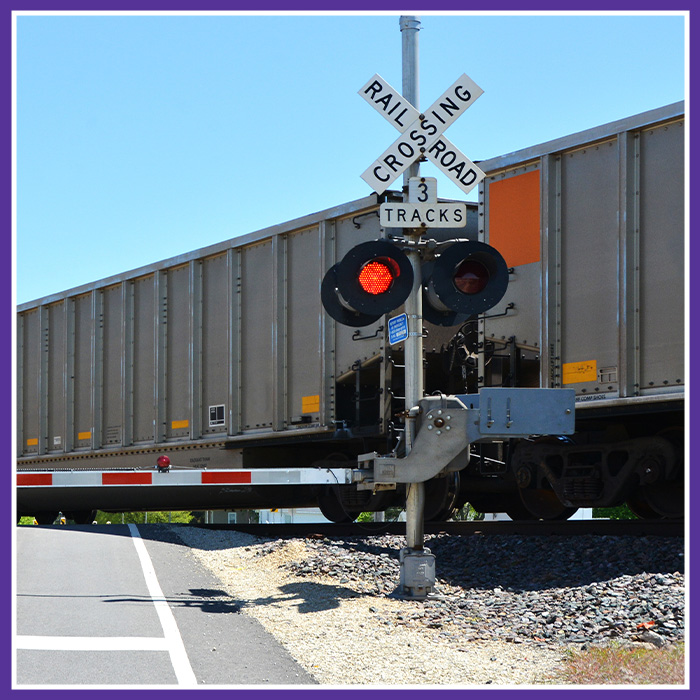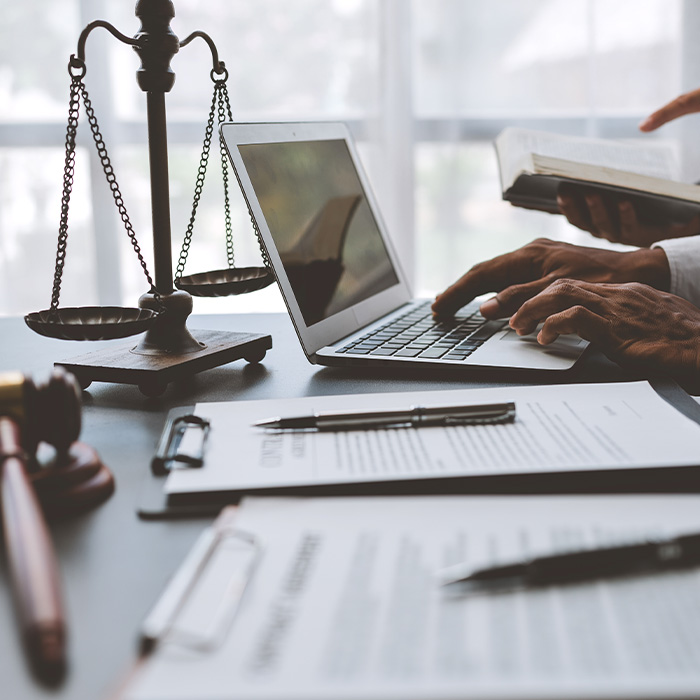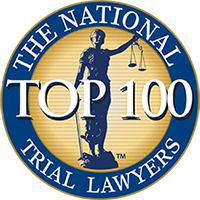
Washington Train Accident Attorney
Train accidents may seem like a thing of the past, but in reality, they still occur regularly across the U.S. In fact, according to the Federal Railway Administration (FRA), there were at least 35 train accidents in Washington last year alone. While this number may not seem as alarming as other statistics, like those that reveal the number of car accidents occurring across the state, it’s important to keep in mind that a single train accident can cause catastrophic injuries for hundreds of passengers. Even relatively minor accidents involving a train can cause serious injury and even death, merely because trains are so massive.
Collecting compensation after these types of accidents also tends to be more difficult because claims usually involve multiple parties and the application of a different set of laws, standards, and statute of limitations than other accident lawsuits. For this reason, train accident victims often benefit from contacting an experienced Washington train accident attorney who is well-versed in both state and federal law and can help them seek compensation for their medical bills and other losses.


-
“Integrity”
“In addition to his substantive contributions to railroad grade crossing safety, I have personally observed his untiring efforts and contributions to improving the integrity of the legal system.”- Elizabeth Hardy -
“Beyond Belief”
“His knowledge of the rail industry and his willingness to share his knowledge with other people who do railroad work is beyond belief to me.”- Mike Bee -
“Given Hope”
“Through his efforts, he has single-handedly given hope to victims who are injured or killed as a result of dangerous railroad crossings”- Donald Vasos -
“Impressed”
“Nathan is a warrior fighting the railroads.”- Jonathon (Jon) C. Clark -
“Excellent Results”
“Nathan Karlin has my strongest endorsement in the field of railroad crossing cases and personal injury law.”- Joseph M. Miller -
“Would Recommend Without Hesitation”
“In each case, Nathan always possessed an incredible knowledge of the law and the facts, possessed a great talent for aggressive – strategic legal planning and trial tactics while, at the same time, displaying great skill as an effective negotiator.”- Scott McCluen -
“First Call is Nathan's Firm”
“Nathan’s knowledge and experience in handling and trying cases against these litigation savvy railroad companies gives me the confidence to know that the clients and cases I refer to him are getting the best of the best.”- James Perrin -
“Hard-Working”
“The staff is helpful, professional, and responsive.”- Tracy D.

Types of Train Accidents
There are a number of different types of train accidents, although some of the most common are railroad crossing accidents, which involve cars or trucks or even pedestrians being struck by trains at railroad crossings. While the drivers or pedestrians in these types of accidents are often at fault, this is not always the case. Instead, accidents that occur at railroad crossings are often the result of the one or more of the following problems:
- Defective signals or gates;
- Engineers failing to sound their horns when approaching crossings;
- Engineers failing to use their lights when approaching a crossing;
- Crossings obstructed by foliage; and
- Objects improperly protruding from the train itself.
-
Purpose-Driven Representation
We handle each case with the belief that the legal system should be a tool for positive change. Our work often leads to broader safety improvements, not just individual outcomes.
-
Focused on Serious Injury Cases
Our practice centers on railroad crossing accidents and other catastrophic injuries. These complex cases demand deep experience and a commitment to long-term impact.
-
Personalized, Accessible Legal Support
We maintain a welcoming environment where clients are heard, supported, and informed. Our team approach ensures you’re never left wondering where your case stands.
-
Free Consultations, Contingency-Based FeesWe offer free consultations and only get paid if we recover compensation for you. It’s one way we make justice more accessible for those who need it most.

Human Error
The National Transportation Safety Board (NTSB) reports that around one-third of all train accidents are actually caused by human error. While employee error can take many forms and have many causes, it usually involves:
- Inadequate training;
- Distraction or fatigue;
- Intoxication;
- Negligent hiring; or
- Improper supervision.
When train accidents are caused by this type of conduct, the at-fault crew members and their employers and insurers can be required to compensate victims for their losses. The most common examples of human error that cause train accidents include:
- Engineer failure to comply with restricted speed;
- Failure to apply car hand brakes;
- Failure to secure equipment;
- Failure to comply with safety procedures;
- Taking turns too fast;
- Failure to comply with radio communication;
- Improper train inspection;
- Failure to load/unload cargo properly;
- Failure to allow air brakes to release;
- Use of excessive horsepower; and
- Improper use of the independent brake.


.2506250842194.png)
.2506261042099.png)


.2506250835483.png)
